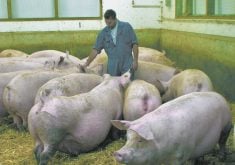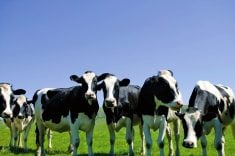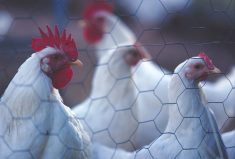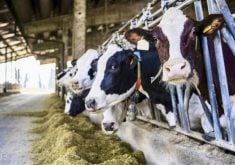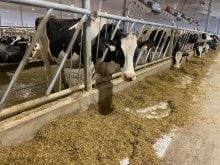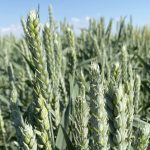A new review in the journal Advances in Dairy Research indicates canola meal provides numerous dairy ration benefits.
The international journal review examined 20 years of canola meal studies in dairy rations, revealing it’s a high-quality protein feed capable of boosting milk production and reducing dairy herd methane emissions.
Why it matters: Decades of research indicate canola meal can improve dairy herd dry matter intake while boosting milk production and reducing methane emissions.
Read Also
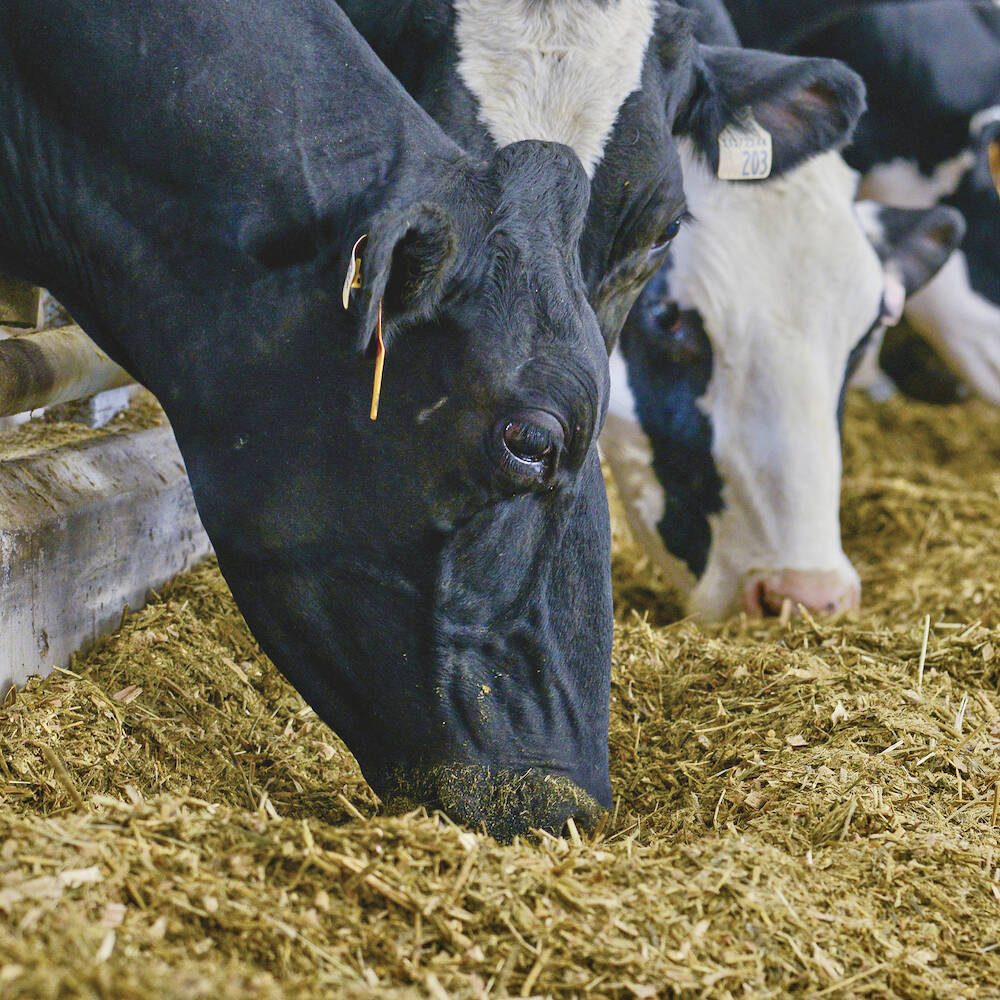
Byproducts with benefits for dairy cows
Local food processors can be a source of financially advantageous byproducts for dairy cows, but make sure the ration is properly balanced.
“It’s rare to be able to find so many studies on a commodity ingredient,” said study co-author Essi Evans, an Ontario-based nutritionist and owner of E&E Technical Advisory Services, in a news release about the study.
“The information can be a valuable resource for dairy nutritionists and help them accurately formulate diets that take full advantage of the ingredient.”
The research reviewed canola meal’s palatability, fatty acid composition, micronutrient profile, and protein and amino acid values for dairy cows.
Dry matter intake frequently improved when canola meal partially or fully replaced vegetable proteins like soybean or distillers’ grain.
“We’ve been able to feed diets with up to 24 per cent canola meal with no drop in dry matter intake,” Evans said.
Canola meal’s protein and amino acid values also showed increased cow maintenance and milk production efficiency compared to soybean meal and provided a high methionine content, a limiting amino acid for dairy cows.
“Canola meal has an amino acid profile that most closely matches milk, when compared to any other vegetable protein source, which provides amino acid balance,” said review co-author Brittany Wood, director of canola utilization with the Canola Council of Canada.
Wood broke down milk protein score comparisons of amino acid profiles of proteins with milk synthesis requirements, noting a perfect score would be 1.00. Rumen microbial protein scored 0.78, followed by canola meal at 0.68 and soybean and sunflower meal at 0.46.
Brewers’ grain, corn distillers’ grains, corn gluten meal and feather meal scored 0.40, 0.32, 0.21, and 0.19 respectively.
Canola meal’s high fat content outshines most vegetable proteins, and its fatty acid composition is highest in oleic acid, which is highly digestible and less likely to cause milk fat depression than fats containing high linoleic acid content.
It’s a rich source of phosphorus, but unlike other protein sources, canola meal’s dietary cation-anion balance is ideal for dry cow diets.
Twenty-two studies demonstrated a 1.1 kilogram advantage in milk yield for canola meal compared to soybean meal. While few mid-lactation feeding trials compared canola meal with other vegetable proteins, recent studies have demonstrated significant advantages regarding milk yield and feed efficiency.
“Even with greater milk production, blood and milk urea nitrogen tends to be lower when canola meal is the primary supplemental protein,” said Evans. “This means that the protein is used efficiently for the production of milk protein. There have been three meta-analyses confirming this effect.”
Wood said there is new and exciting information on how cows utilize protein in the rumen and produce less methane proportional to the canola meal inclusion rate in the diet.
“Also, improving protein efficiency by not overfeeding protein and providing proteins with a good amino acid balance can reduce nitrous oxide production while often saving costs.”



